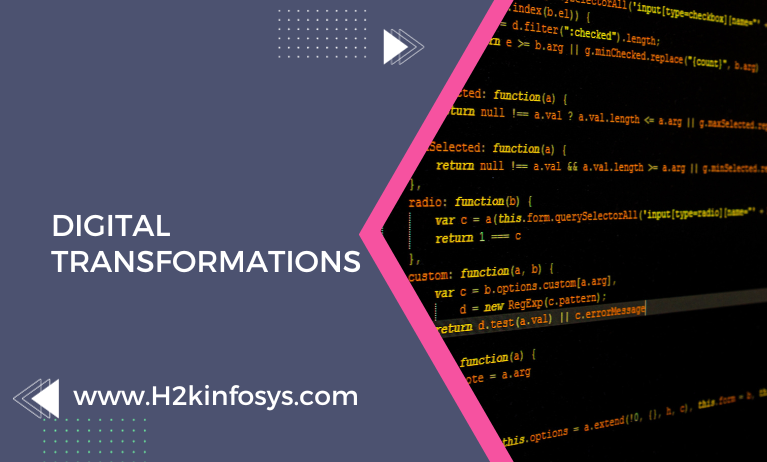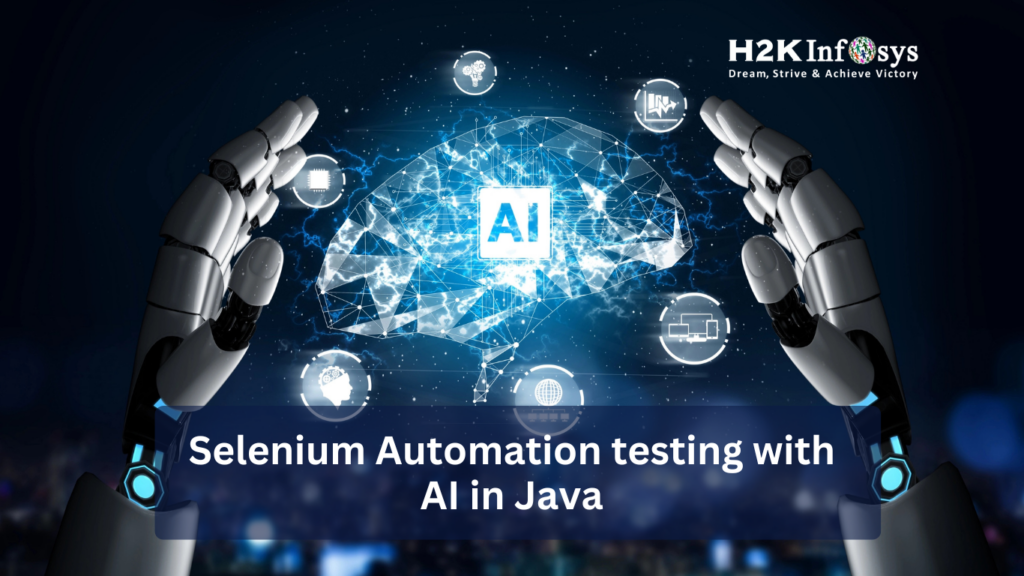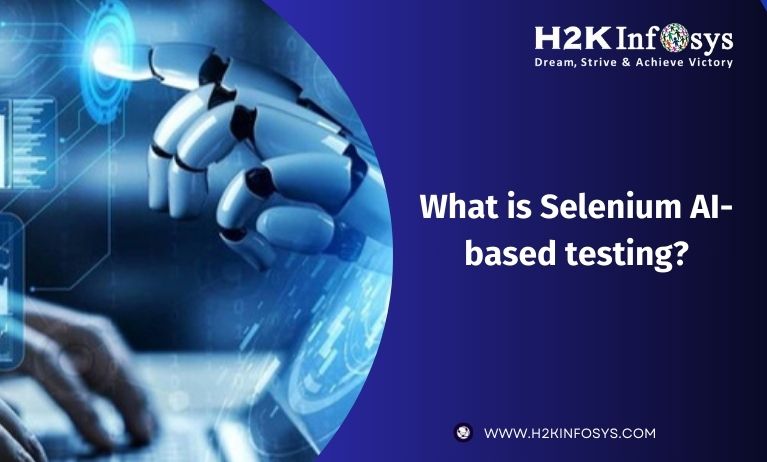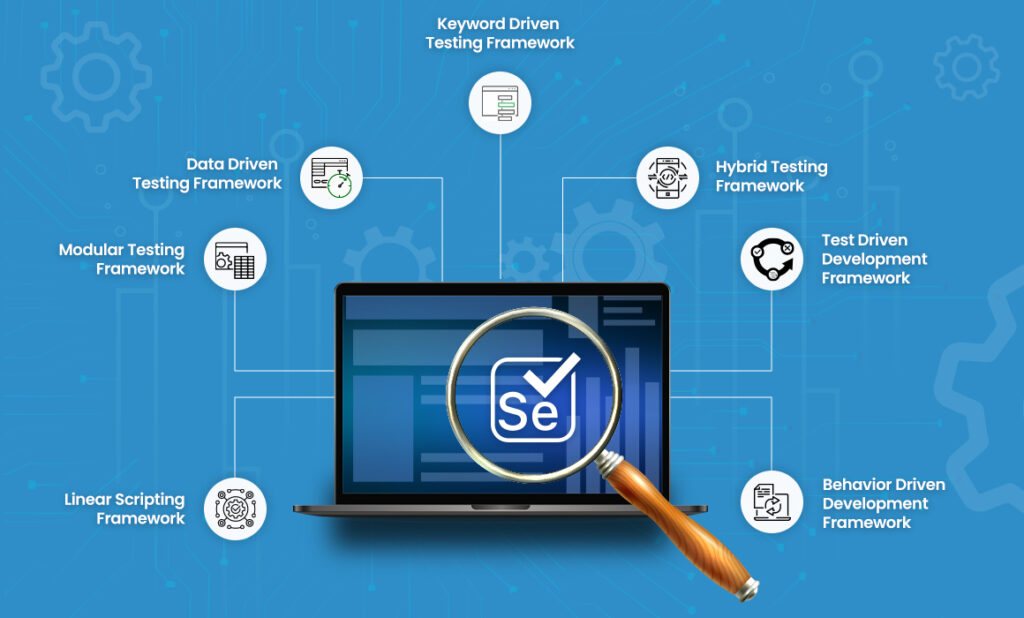The more important detail in the Digital Transformations is that it is more than adoption or may be modernisation of technology. There will not be any standard industry definition of digital transformation because of the challenges which lead to the organizations to it can be very different, though certain trends will be emerged. Much organization to it can have invested in the technology for the instance, digital transformation is often but bringing IT into planning discussions so they can support innovation. For organization not as invested in technology, digital transformation is more often about changing to a digital business model that positions IT partner versus simply a cost center.
Why this Digital Transformations?
There are many other businesses like change management that have similar definitions but it’s no accident that transformation has come to define this imperative in the digital age. Digital disruption that is now a constant state for most industries, not just one event. Transformation is not just an investment in the latest technology. This will underscore the need to reimagine processes and culture for continuous technology change.
Do we require certain digital technology?
The main term digital transformation sometimes will be used to mean a new architecture, like micro services or new processes like Devops or new technologies, like containers and also application programming interfaces. It can sound like just one another way of describing cloud adoption. There is single architectural pattern or single technology that works flawlessly in every single environment. They may also be a technical debt that can start new technology adoption.
What all the CIO’s should know about the digital transformation?
Digital transformation is not a product or a solution that we can do for teams. It’s a continuous process that involves new technologies. It has ways of work procedures i to gain competitive advantage. This will put CIO’s in a key role for transformation initiatives, regardless of their organisation’s size or industry..
What is REDHAT’s Digital Transformation strategy?
Red Hat believes in many organisations struggle with the digital transformation because they fail to think beyond the role of technology in their immediate survival. They view digital transformation as a way to keep pace technologically with the peers who are disrupting their market with out-of-reach capabilities like artificial intelligence and machine learning business process automation or big data analytics.
There are five main areas of digital transformation:
RedHat will help organization of all types with their digital transformation journeys. Through this work we have observed 5 key areas of organizations that will commit to change for much long term success. It is too far common that only 1 and 2 elements are transformed, which is why many transformation fail there are 5 areas
- Leadership- There are many visions to create and be shared and a strategy for every team. They make their organisation more adaptable, transparent, collaborative and also decentralised.
2. Product management- translates the vision and strategy into actionable tactics that be rapidly tested and iterated upon.
3. Development- Rapidly implements product models using modern practices like Devops and agile. The focus should be delivering the best capabilities within given time.
4.Architecture- provides a stable technical foundation that balances the efficiency of standardisation as per the need of customisation.
5.Operations- This establishes a foundation of resilience from unreliable components through the adoption of Site reliability Engineering concepts.
Transformation through the technology that can be traced back dozens hundreds or even thousands of years. By creating the software applications, building IT infrastructure and rolling out the business processes is not new every tech publication from business Insider to wired has touted digital transformation and MIT sloan school of management has an entire initiative on the digital economy. There are many exponential technological growth does have an origin story.
Questions:
1. What is digital transformation?
2. What are the main aspects of digital transformation?






























